Are you getting the most out of your social media efforts? You are posting, engaging, and connecting but maybe you still aren’t sure if social media is “worth it” for your business.
You aren’t alone. Measuring the return on your investment in social media can be confusing and at times frustrating.
And sometimes the measurements don’t even “add up” – as Gary Vee says “What’s the ROI of your mother?”
But there are things that you can quantify and measure so that you know if a particular tactic or strategy is working for you.
Here are 3 things you need to have in place to start measuring your return on your social media investment.
#1 Know how the Social Media Metrics relate to your business objective
For most people, sales is the true objective, right? We all want to impact the bottom line.
But what happens before the sale?
Map out some of your “customer journeys” and see how social media can assist in your visibility and the customer’s experience.
Now that you know the individual steps to purchasing your product, what are the social media metrics along that journey that you should measure?
Here are some examples of possible metrics you can choose that match with different objectives.
| Business Objective | Social Media Metrics to Measure |
| Connect with Current Customers |
|
| Reaching New Potential Customers |
|
| Increasing Customer Satisfaction |
|
| Establishing yourself as a brand leader or expert in your field |
|
| Increase in Sales |
|
I wrote about this a little more and we have a recorded video discussion about this concept in my 3 Keys to Measuring Social Media ROI post.
#2 Install Google Analytics on Your Website
Almost every business goal is going to relate to driving traffic from social media and measuring that traffic on your website. If you haven’t installed Google Analytics yet, do it now. Right now.
It doesn’t take too long and you can’t start tracking your traffic until you do. Sure you can always track link clicks from your social media accounts but Google Analytics is going to give you much more information.
- Go to Google Analytics at www.google.com/analytics. Either sign in or open a new account.
- Select the Admin tab.
- If you have a new account, create a new account and select Website. Your Account Name can be your business name. Then your Property is your Website name (these are internal names).
- Select Get Tracking ID from the bottom of the Page
- Copy the Tracking ID and put it into the <head> </head> area of your website or into a script area where it will be inserted into every page of your website.
If you have a Google Analytics account already, go to the Admin Tab, then under the Property Column, select Tracking Info and then Tracking Code.
If you don’t know where to install the Google Analytics Tracking Code, ask your webmaster or use a WordPress plugin like these:
Quick and easy WordPress Plugin: Insert Headers and Footers
More customize-able WordPress Plugin for scripts: Custom Script Integration
Using something like Google Analytics is key to understanding what social sites are driving the best traffic to your site, if your social media traffic is opting in or buying from your site, and what content is working best for you.
#3 Put other measurement systems in place
Now that you have Google Analytics in place, make sure you know where to find the metrics that you will focus on. If you are measuring Engagement, make sure you have a tool that will help you or a system to extract that data from your social media analytics.
For example, if Reach is something you are looking at, know what interval you will be measuring and how you are tracking that stat. In Facebook you can select an interval and benchmark that stat to compare it to other time frames.
Or you might choose a particular tool to help you bring in all your stats.
The important part is to be consistent on what method you use and how often you measure.
#4 Choose tactics to test and measure your progress
Your next step is to pick tactics that will help you get closer to your goal and see if they move the needle for you.
Tactics could include:
- Posting more often
- Posting videos
- Posting different types of content than you have in the past (more images, questions, humor)
- Running a Facebook Ad campaign
- Creating a great piece of content that leads people closer to a sale
- Re-using evergreen content more often
- Creating a Facebook group in your niche
And so on.
Now that you have something to test, execute a plan and measure the changes in your key performance metrics.
Measuring all the benefits of social media is impossible because some benefits are intangible and some are hard to track (like word of mouth).
But that doesn’t mean we shouldn’t use the tracking that is available to us! The sooner you get some of these key components in place, the farther ahead you will be.

Want to go farther? Join me in my new course! Social Media ROI Course – Your Step by Step System to Measuring Social Media from First Touch to Sale!

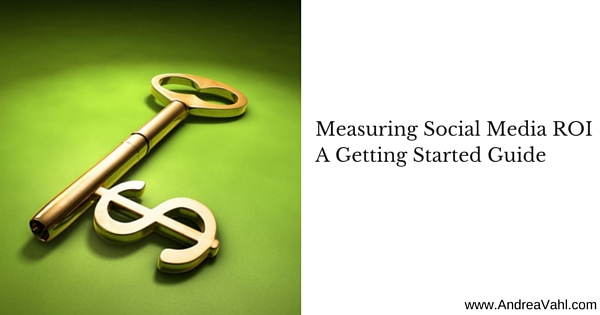
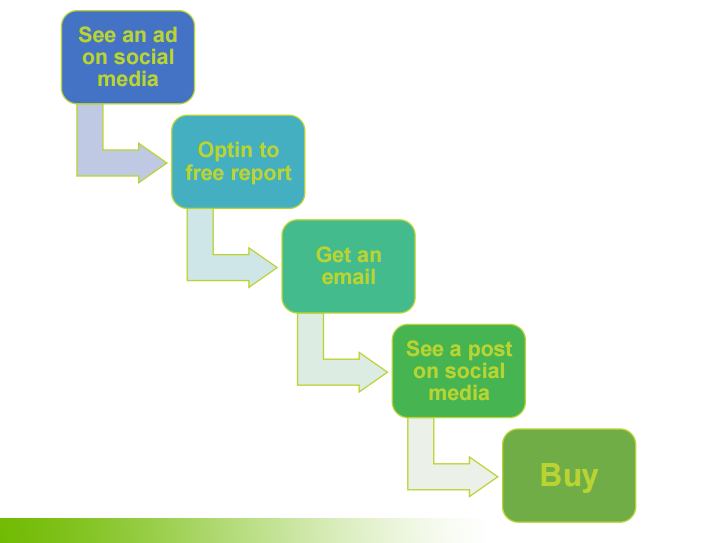
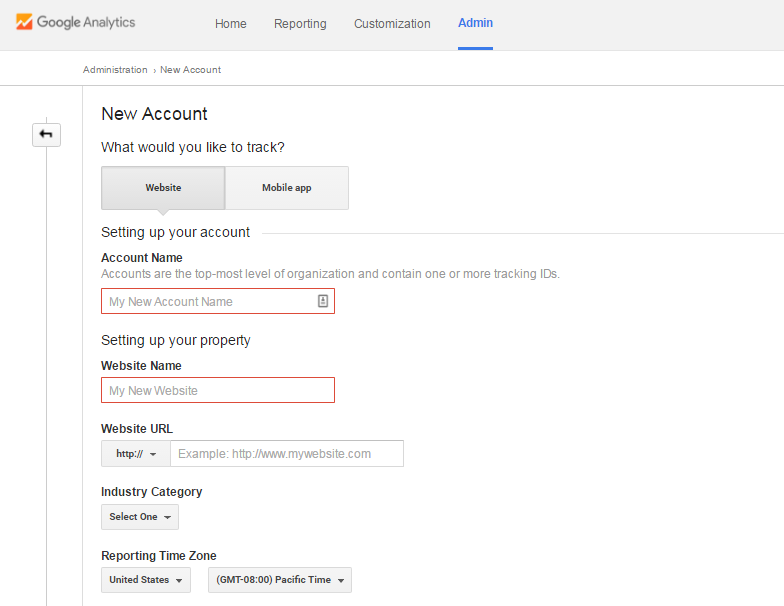
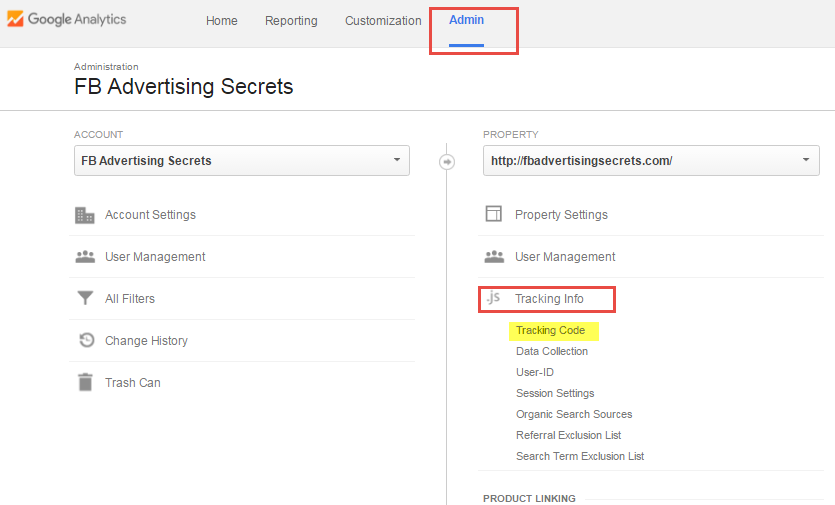
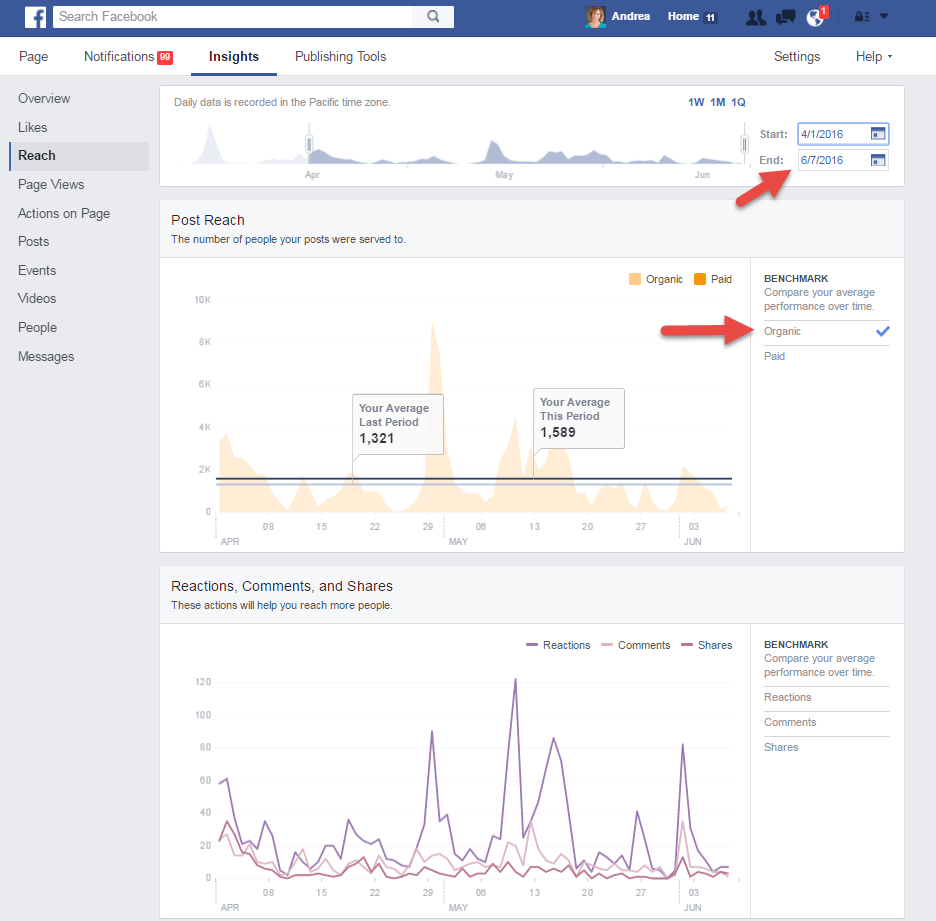
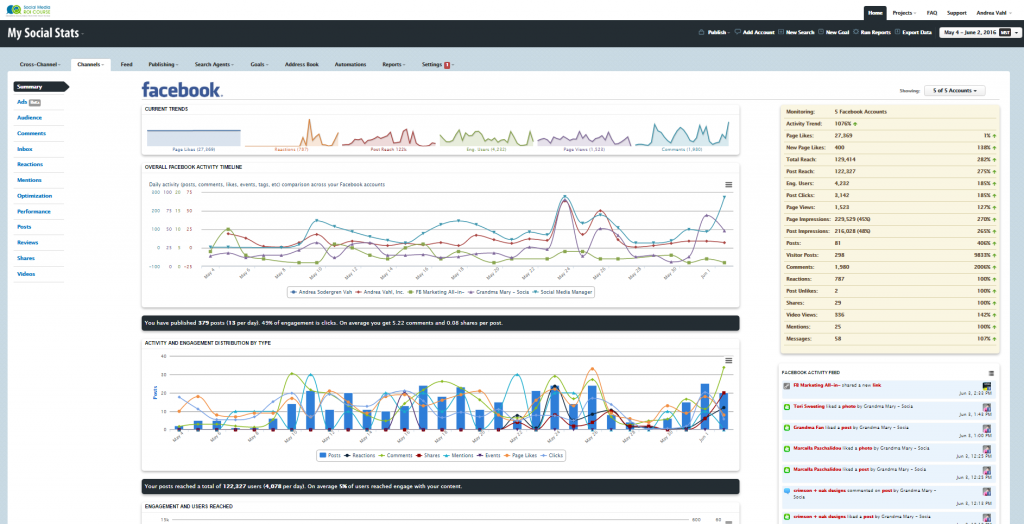
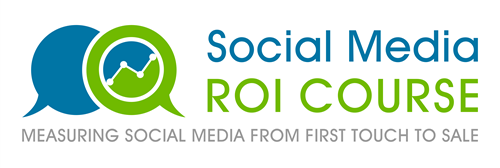






















Thanks for sharing!
http://www.canopuswebtech.co.in